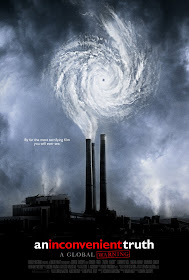 After my brush with the City of Sydney's box of energy efficient light bulbs giveaway of yesterday I have consoled myself and am back to exploring the subject with enthusiasm. There is plenty of information around.
After my brush with the City of Sydney's box of energy efficient light bulbs giveaway of yesterday I have consoled myself and am back to exploring the subject with enthusiasm. There is plenty of information around.
Greenhouse.gov.au's Home Technical Manual has a comprehensive section on efficient househouse lighting, an overview of different types of lightinting and their correct application. It confirms big savings are to be made by switching to CFL. The table below shows the lifecycle costs for lighting systems using different globes to produce the same amount of light. Lifecycle costs include purchase, running and replacement costs.
| | 20 W CFL | 100 W Incandescent | 65W Halogen |
|---|---|---|---|
| Running cost over 10,000 hours* | $20 | $100 | $75** |
| Average life | 10,000 hours | 1,000 hours | 2,000 hours |
| Purchase cost | $25 | $5 10 bulbs @ 50c | $20 5 lamps @ $4 |
| Total cost | $45 | $105 | $95 |
* Based on 10 cents per unit of electricity,
** Includes magnetic transformer losses.
Ecovoice report in their March 2006 edition that NSW will be saving $2.8 million by converting all traffic light from incandescent bulbs to new, highly efficient light emitting diode (LED) technology.
I also found a link to neco.com.au, an online eco friendly hardware store where I can buy my bulbs.
Remember, if the old idea is now no good, change the lightbulb.
 Global Warning Climate Change Environment Lifestyle Green Energy Efficiency Earth Australia LOHAS Sydney Energy
Global Warning Climate Change Environment Lifestyle Green Energy Efficiency Earth Australia LOHAS Sydney Energy

